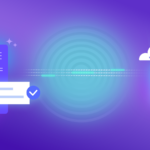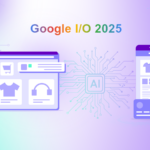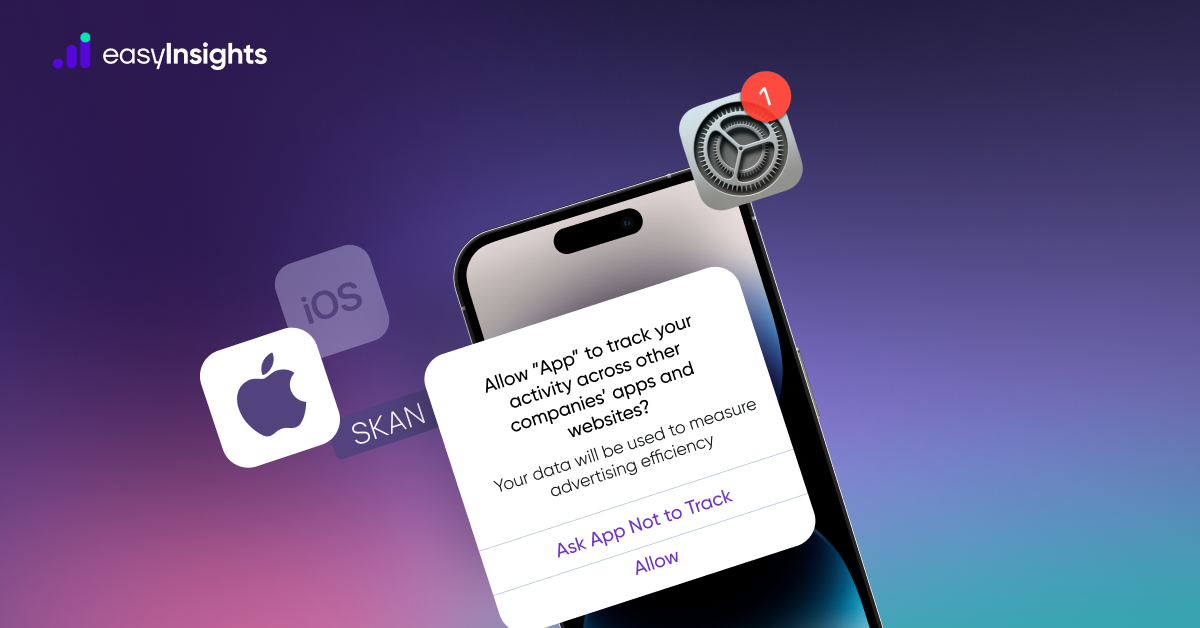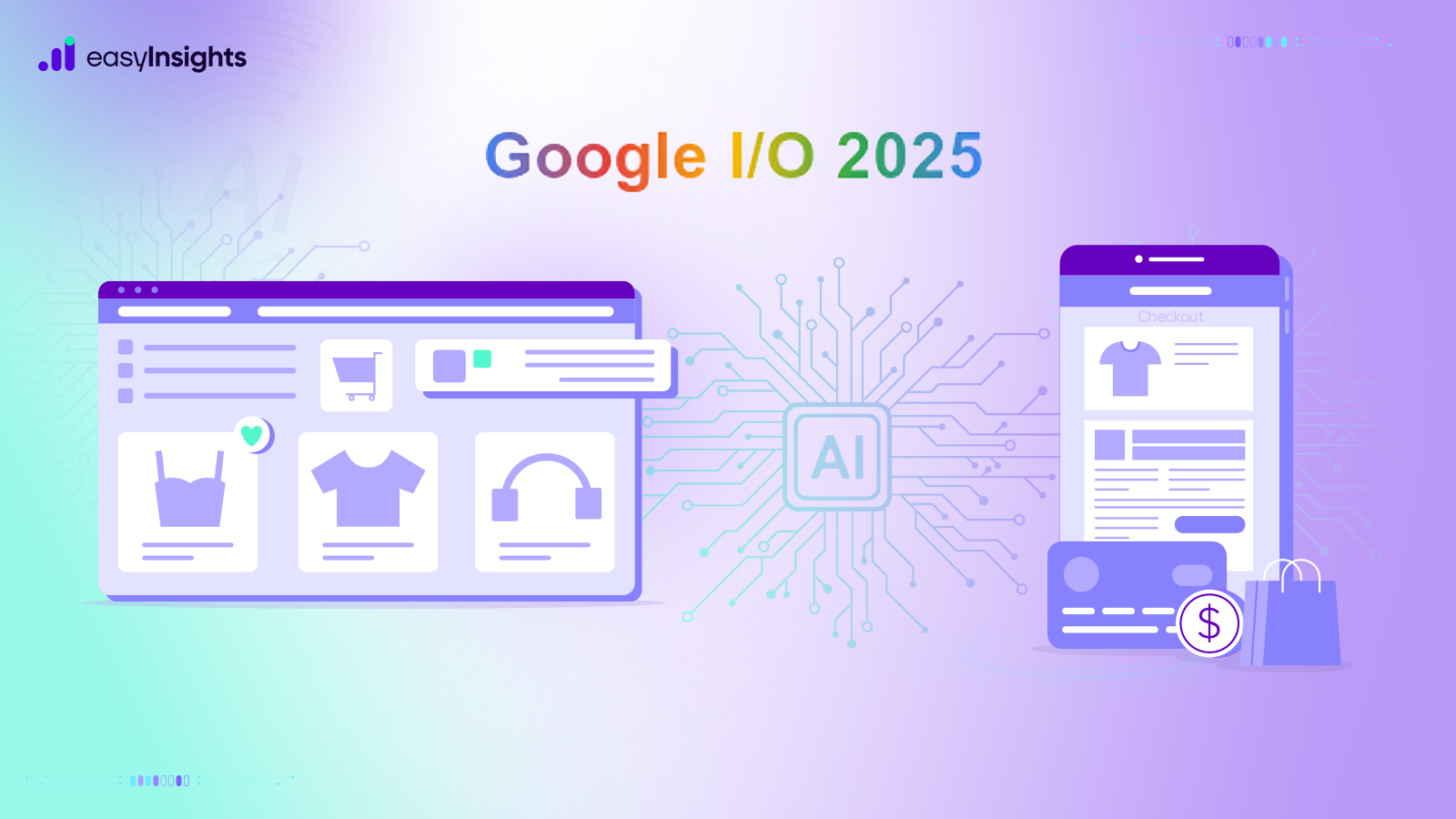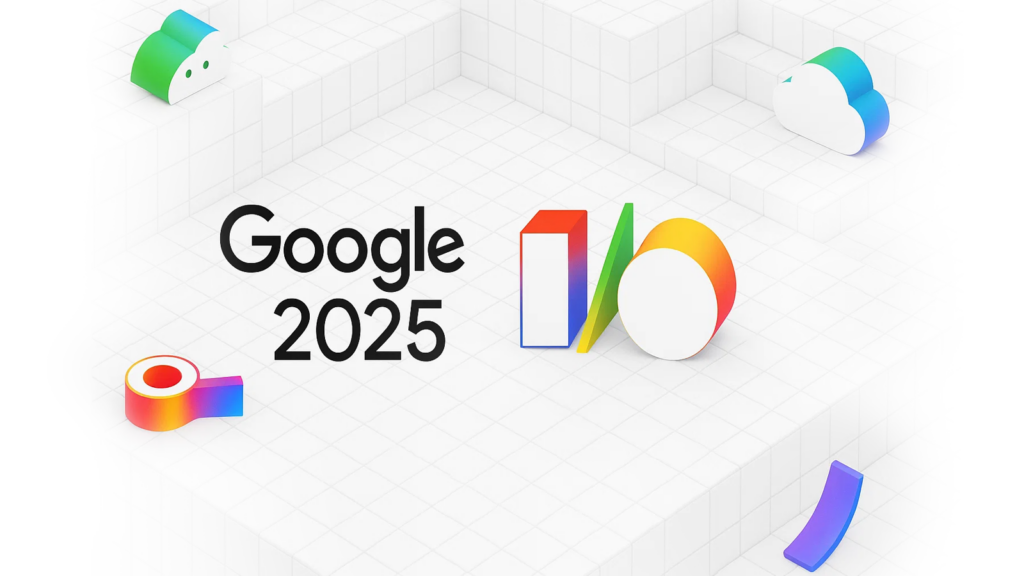
Google I/O is the company’s annual developer conference where it unveils its latest innovations across AI, Android, hardware, and developer tools. It’s a key moment for understanding where Google is heading—and how those shifts will impact the broader tech ecosystem.
Held at the Shoreline Amphitheatre in Mountain View, the 2025 edition focused heavily on the future of artificial intelligence, personalization, and cross-device experiences. From the next generation of Gemini AI and the introduction of Project Astra to updates across Android 15, Wear OS 5, and spatial computing with Android XR, this year’s event showcased Google’s commitment to real-time, multimodal intelligence and seamless user interaction.
For marketers, product teams, and analytics professionals, Google I/O 2025 signals a new era of opportunities and challenges. From Gemini-powered search experiences to smarter ad tools and seamless cross-device experiences, there’s a lot to unpack.
In this blog, we’ll break down the most impactful announcements and explore what they mean for digital-first brands and data-driven growth strategies.
Jump ahead to:
Gemini AI: The Heart of Google’s Future
At the core of almost everything Google revealed was Gemini, its family of AI models.
1. Gemini 2.5 Pro & Gemini Flash
Google introduced two new variants:
- Gemini 2.5 Pro is the high-end version — faster, smarter, and capable of handling complex tasks like writing long documents, solving tough problems, or analyzing images and videos.
- Gemini Flash is a lighter version optimized for speed and efficiency — think of it as the mobile-friendly edition.
One standout feature? Deep Think — this allows Gemini to pause and “think” more deeply before responding to particularly difficult or layered prompts. It’s designed to feel more like working with a human expert than a chatbot.
2. Gemini Live: Your Real-Time AI Companion
This is a live assistant that works through voice, visuals, and context. Imagine holding up your phone and asking, “What kind of plant is this?” or “Can you help me translate this sign?” Gemini Live sees, hears, and responds immediately — all in real time. It’s Google Assistant reimagined, with true AI understanding.
3. Personalized Smart Replies in Gmail
Gmail users will now notice that smart replies aren’t generic anymore. Gemini can generate responses that sound like you — learning from your writing tone and past communication style.
4. AI Subscription Plans
Google is introducing new paid tiers:
- Gemini AI Pro ($20/month) — for users who want full access to the most powerful tools.
- AI Ultra ($250/month) — aimed at professionals and enterprises who need advanced capabilities at scale.
Project Astra: Google’s First Real-Time, Multimodal AI Agent
Project Astra is DeepMind’s vision of the future of AI assistants — fast, multimodal, and context-aware. Unlike current chatbots, Astra can:
- See through your phone or camera in real time
- Understand what it’s looking at
- Remember past interactions
- Respond via voice instantly
- Help with tasks like coding, identifying objects, explaining what’s on screen, or even debugging a whiteboard diagram
In the demo, a user simply pointed the camera at a speaker and asked, “What is this for?” Astra instantly recognized it as a speaker and explained its function. Later, it even remembered where the user had left their glasses. Think of it as an AI agent that listens, sees, remembers, and acts, all at once.
Creative AI: Building Stories, Not Just Slides
Creativity was a major theme this year, and Google introduced powerful tools that help users create realistic videos, music, and images — all through text prompts.
1. Veo 3: Next-Gen AI Video Creation
Veo can now generate full-length, hyper-realistic videos with voiceovers, background music, and scene transitions – all based on your script or prompts. Think of it as an AI-powered movie director.
For example: Write, “A sunrise over the Himalayas with a peaceful soundtrack,” and Veo will generate it, music and all.
2. Flow: Google’s AI Studio for Creators
Flow brings everything together — it combines Veo (video), Imagen (image), and Gemini (text/audio) in one workspace. It’s made for professionals like YouTubers, designers, or filmmakers who want to produce quality content without heavy post-production work.
3. Imagen 4: Advanced Image Generation
Imagen 4 can create even more realistic visuals, especially in tricky areas like reflections on water, fabric textures, or natural lighting. This makes it a serious tool for marketers, designers, and e-commerce brands.
AI in Google Search: Beyond Keywords
Google Search is evolving, and it’s no longer just about typing a few keywords and scanning through blue links.
1. AI Overviews: Smarter Search Results
One of the biggest updates is a feature called AI Overviews. Instead of just listing websites, Google now gives you a quick, AI-generated summary pulled from reliable sources. It reads like a conversation – direct, helpful, and easy to understand.
2. Project Mariner: Let AI Do the Work
Google also teased Project Mariner, an experimental feature that takes things a step further.
With Mariner, you won’t just search — you’ll delegate tasks. For example, you could say, “Plan my weekend getaway and book the best hotel under ₹5,000”, and the AI will handle everything: researching, choosing, and even booking, all based on your preferences.
This represents a shift toward autonomous AI agents that don’t just answer your questions — they act on your behalf.
Transparency Tools: Keeping AI Content Trustworthy
As AI tools become more powerful, so does the risk of misinformation. From deepfake videos to AI-generated images that look real, the lines between real and artificial content are getting blurrier.
1. SynthID: Invisible Watermarks for AI Content
To tackle this, Google has launched SynthID, a technology that adds an invisible watermark to images and videos created by AI.
This watermark doesn’t change the look or feel of the content, but it can be detected by systems to confirm that the content was generated using AI tools.
Along with this, Google also introduced a detection tool that can scan media and tell whether it was AI-generated. This helps people, platforms, and fact-checkers quickly verify what’s real and what’s synthetic.
These tools are a big part of Google’s ongoing efforts to make AI safe, ethical, and transparent — especially as AI content becomes more common online.
Android and Wearables: Smarter, More Ambient
1. Android XR Glasses
Google showed off a prototype of Android XR smart glasses — sleek, AR-powered glasses that can:
- Show directions as you walk
- Translate signs or menus in real time
- Record what you see
- Interact with Gemini AI hands-free
It’s still early, but it signals Google’s re-entry into the smart glasses space with a practical use case.
2. Android 16
The next version of Android focuses heavily on AI integration:
- AI-generated summaries of notifications or articles
- Predictive battery management
- Real-time translation and transcription
AI in Shopping: Smarter, More Personal Buying Experiences
Google is making online shopping more intuitive and interactive with new AI-powered features.
1. AI Mode in Search
With AI Mode, shopping becomes a conversation. You can now ask Google things like,
“Compare the best running shoes under 5,000 Rs,” or “Track the price of this smartwatch.”
The results are tailored, clear, and context-aware – just like chatting with a shopping assistant.
2. Virtual Try-On for Clothing
Not sure how something will look on you? Google’s Virtual Try-On lets you upload a photo and see how clothes would realistically fit and drape on your body. It simulates textures, sizes, and styles — making online fashion choices much easier and more personal.
Entertainment and TV: Making Viewing Smarter
Here are Android TV Upgrades of Google I/O 2025:
1. In-App Review API
Google is extending the In-App Review API to Google TV, allowing developers to prompt users for ratings and reviews directly within the app interface. This means viewers can provide feedback without leaving their current content. If users prefer not to engage immediately, they have the option to select “Not now” or choose to complete the review on their Android phone via a notification.
2. New Remote with “Free TV” Button
Starting from April 2025, all new Google TV devices will come equipped with a “Free TV” button on their remotes. Pressing this button provides instant access to over 150 free, ad-supported TV channels via the ‘Live’ tab, eliminating the need for additional subscriptions or app installations. This feature is part of Google’s initiative to offer cost-effective entertainment options, especially as streaming expenses continue to rise.
For Developers: Build Smarter, Faster
1. Jules: The AI Pair Programmer
Jules is Google’s new AI coding assistant. It helps developers write code, catch bugs, refactor old projects, and even learn new programming languages — right from their IDE.
2. TPU Ironwood: Supercharged AI Hardware
Google’s new TPU (Tensor Processing Unit) is called Ironwood. It’s their most powerful AI chip yet — offering 10 times the performance of previous versions and built specifically for heavy AI workloads. This will be available through Google Cloud later in the year.
3. Firebase Studio Enhancements
Building upon its initial launch, Firebase Studio has introduced new features to assist developers in prototyping and building AI-powered applications more efficiently:
Faster Prototyping: Generate prototypes swiftly with integrated design tools.
- Design Integration: Seamlessly integrate Figma files into Firebase Studio.
- Automated Services: Automatically add database and authentication services to Firebase Studio apps.
These enhancements aim to streamline the development process, allowing for quicker iteration and deployment of applications.
4. Stitch: AI-Powered UI Design and Development Tool
Google introduced Stitch, an AI-driven tool that bridges the gap between design and development. With Stitch, developers can generate high-quality user interface (UI) designs and corresponding frontend code using natural language descriptions or image prompts. This facilitates rapid prototyping and streamlines the app development process.
5. Gemini AI Integration in Developer Workflows
The Gemini AI models have been enhanced to support developers more effectively:
- Gemini 2.5 Pro: Offers improved reasoning and coding capabilities, including the new “Deep Think” mode for complex tasks.
- Gemini 2.5 Flash: A lighter version optimized for faster responses, now with stronger coding performance and complex reasoning capabilities.
These models can assist in code generation, debugging, and providing contextual suggestions, enhancing developer productivity.
AI for Good: Tools That Save Lives
Fire Sat: Early Wildfire Detection
Google is using AI and satellite imagery to predict and detect wildfires. The system, called Fire Sat, provides early warnings to emergency services, helping save lives and protect land.
Wing: Drones for Disaster Relief
Wing, Google’s drone delivery system, is expanding. Beyond e-commerce, it will now support emergency relief — delivering supplies to flood zones, earthquake areas, or remote regions without road access.
What This Means for Data-Driven Brands
With Google doubling down on real-time AI, multimodal search, personalized experiences, and autonomous workflows, one thing is clear: the future of marketing and product growth is deeply tied to high-quality, actionable data.
That’s where tools like EasyInsights.ai come in.
EasyInsights helps brands unlock the full potential of their first-party data – enabling accurate attribution, advanced event tracking, and seamless integration with platforms like Meta, Google Ads, and Twitter. As AI-powered tools like Gemini reshape how users search, shop, and interact, having clean, enriched, and real-time data becomes a competitive edge.
Whether you’re looking to optimize campaigns, build cross-channel strategies, or improve customer retention, EasyInsights ensures your data infrastructure is ready for the next generation of AI-driven marketing.
Also Read: What is First-Party Data and How is it Beneficial for Digital Marketing
Conclusion
Google I/O 2025 made one thing clear: we’re entering an era where AI is not just assistive – it’s autonomous, multimodal, and deeply personal. From real-time agents like Project Astra to Gemini-powered workflows and immersive shopping features, Google is redefining how people interact with technology across every touchpoint.
For brands, this opens up immense potential—but only if your data, infrastructure, and marketing systems are built to keep up.
That’s where EasyInsights.ai becomes crucial. By enriching and activating your first-party data across platforms like Meta, Google Ads, and GA4, EasyInsights ensures that your marketing stays measurable, adaptive, and ready for AI-native experiences.
As AI transforms the user journey, data-driven precision will define who leads—and who lags behind.
To know more, Book a demo today!


